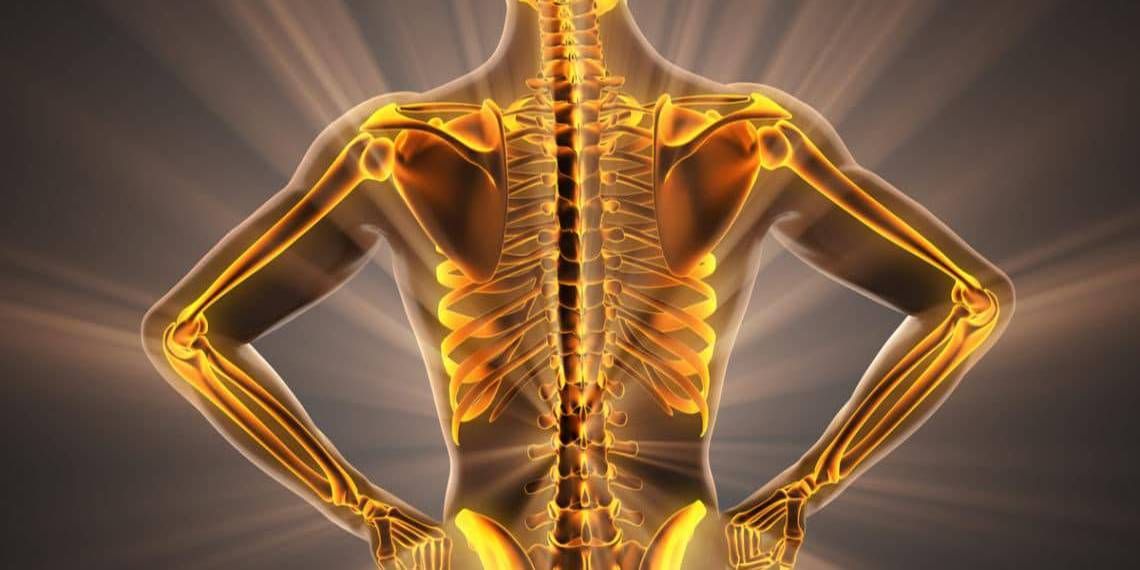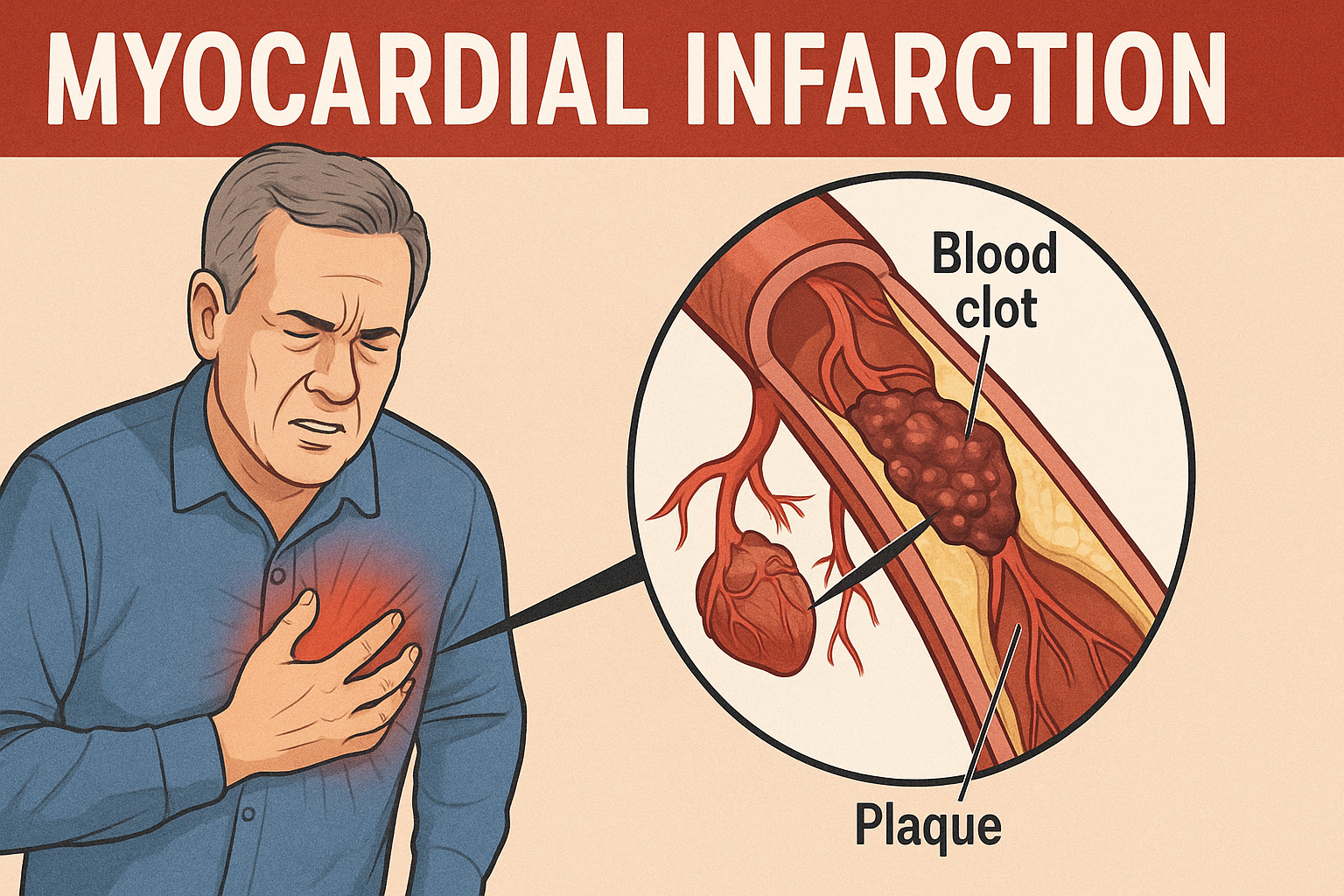Maintaining strong bones and healthy joints is essential for mobility, independence, and overall quality of life. Bones provide structure and support, while joints enable movement and flexibility. Over time, factors like aging, lifestyle, and nutrition can affect bone density and joint function. Here are effective strategies to promote bone and joint health throughout life.
1. Balanced Nutrition for Bone Strength

- Calcium: Essential for bone formation and maintenance. Adults generally need about 1,000 mg daily (higher for older adults). Sources include dairy products, leafy green vegetables, fortified plant milks, and fish like sardines.
- Vitamin D: Helps the body absorb calcium. Sun exposure enables vitamin D synthesis, but dietary sources (fatty fish, fortified foods) or supplements may be needed, especially in low sunlight areas.
- Protein: Important for bone matrix and muscle support around joints. Include lean meats, beans, nuts, and dairy.
- Other Nutrients: Magnesium, vitamin K, and zinc also support bone health.
2. Regular Weight-Bearing and Strength Exercises
- Activities like walking, jogging, dancing, and stair climbing stimulate bone remodeling and increase density.
- Strength training with weights or resistance bands builds muscle that supports joints and reduces injury risk.
- Flexibility and balance exercises (yoga, tai chi) improve joint function and prevent falls.
3. Maintain a Healthy Weight
- Excess weight puts additional stress on joints, especially knees and hips, increasing wear and risk of osteoarthritis.
- Being underweight can reduce bone density and increase fracture risk.
- Aim for a balanced diet and regular exercise to maintain optimal body weight.
4. Avoid Smoking and Limit Alcohol
- Smoking interferes with bone regeneration and decreases calcium absorption.
- Excessive alcohol consumption can weaken bones and impair healing.
- Limiting or avoiding these habits supports bone and joint health.
5. Protect Your Joints
- Use proper techniques when lifting or exercising to avoid joint injuries.
- Wear supportive footwear and use ergonomic tools to reduce joint strain.
- Take breaks and stretch during repetitive activities.
6. Regular Health Check-Ups
- Bone density tests (DEXA scans) help assess osteoporosis risk, especially for women over 65 and men over 70.
- Discuss bone health with your healthcare provider, especially if you have risk factors like family history, certain medications, or medical conditions.
Summary: Key Strategies for Strong Bones and Joints
| Strategy | Benefits |
|---|---|
| Adequate calcium & vitamin D | Builds and maintains bone density |
| Weight-bearing & strength exercise | Stimulates bone growth and strengthens muscles |
| Healthy weight | Reduces joint stress and fracture risk |
| Avoid smoking & limit alcohol | Supports bone regeneration and healing |
| Joint protection | Prevents injury and maintains function |
| Regular health monitoring | Early detection and management of bone issues |
Final Thoughts
Strong bones and healthy joints are achievable through a combination of good nutrition, physical activity, and lifestyle choices. Starting these habits early and maintaining them throughout life helps prevent osteoporosis, arthritis, and injuries—ensuring mobility and independence for years to come.
If you want, I can provide tailored exercise plans, recipes rich in bone-supporting nutrients, or advice on supplements and medical screenings. Just let me know!



